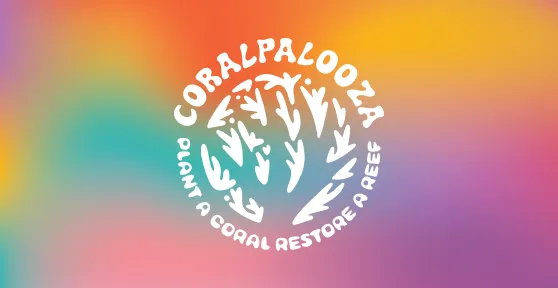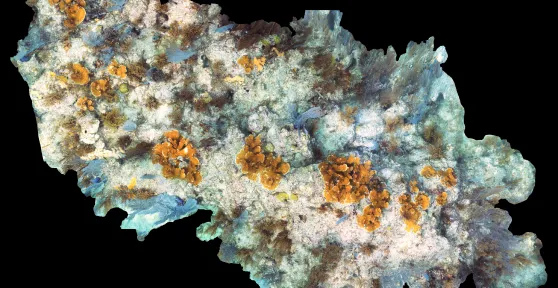Data Driven Development
Our science program focuses on research, development, and the application and dissemination of best practices in coral restoration. Our data inform our strategic development and our research provides a focal point for collaborations with government agencies including NOAA, universities, NGOs, and others.
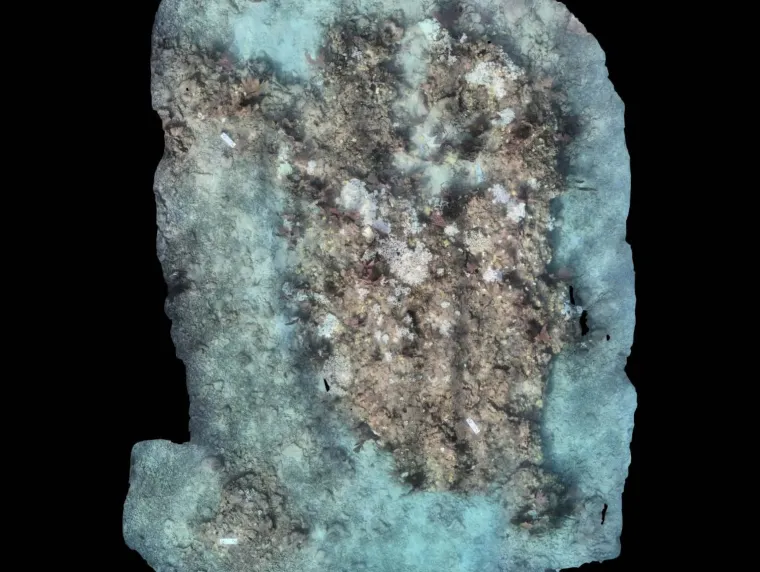
Technology Toolkit
With a growing R&D arm, we develop publicly available tools and techniques that can be used by other groups around the world. We are making these tools accessible to everyone, everywhere.
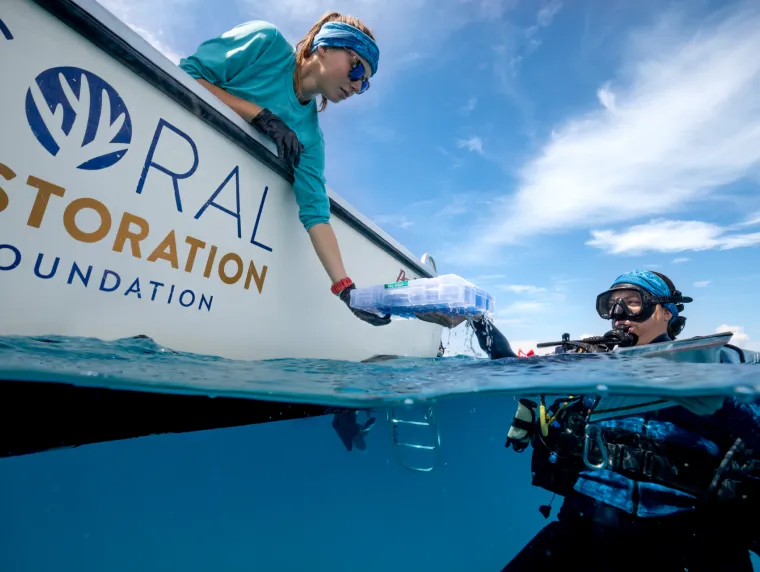
RESEARCH COLLABORATIONS
We provide the research and restoration communities with unique and invaluable resources including field-based infrastructure, corals, gametes, genetic data, and cutting-edge tools.
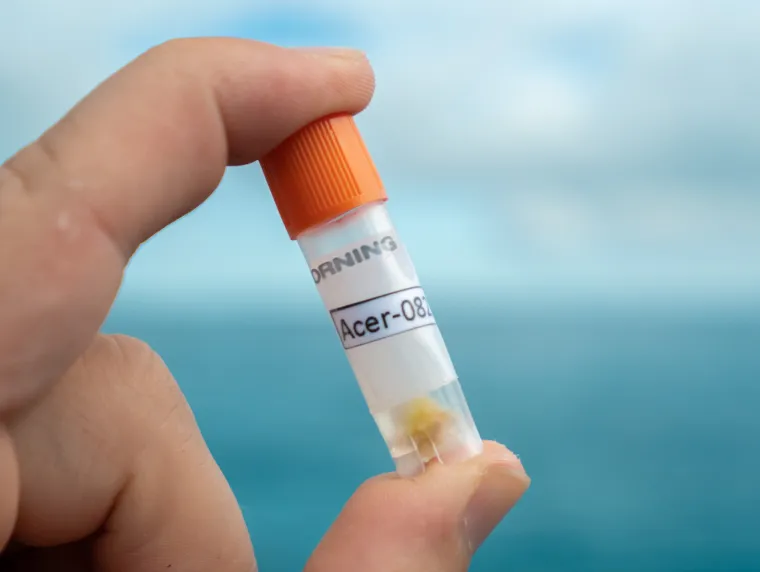
PUBLICATIONS
We publish research into the wider ecological impact of our work, collaborating with scientists around clearly defined areas of investigation.
The CRF Toolkit
CRF is developing a toolkit of technological solutions to increase efficiencies in restoration practice, and to promote collaboration. We are also working to prepare these tools for adoption by groups outside of CRF and outside of the USA.
Our focus is on working to democratize the coral restoration space: building solutions that can support new and underserved restoration organizations around the world, providing access to cutting-edge technologies regardless of location or means.
The first of these tools are CeruleanAI and the Coral Sample Registry.

Cerulean AI
CeruleanAI has been designed to make the creation, storage, and analysis of coral photomosaics nearly 100% hands-off, with little to no expertise necessary. And we are making this revolutionary technology accessible to everyone, everywhere.
Learn more
Coral Sample Registry
Since its publication in 2022, the Coral Sample Registry (CSR) has helped establish industry standards for coral collection metadata. The CSR now houses data on over 5,000 unique coral samples from approximately 71 coral species, submitted by 15 organizations across five countries.
Learn more
Research Collaborations
Leverage our unique infrastructure, expertise, and cutting-edge technology to answer pressing questions about coral reef restoration and conservation. From genetic diversity to resilience under stress, we provide support to advance research that shapes the future of coral reefs. Explore the groundbreaking studies we’ve supported over the years and discover how we can collaborate to drive impactful science.
our research focus
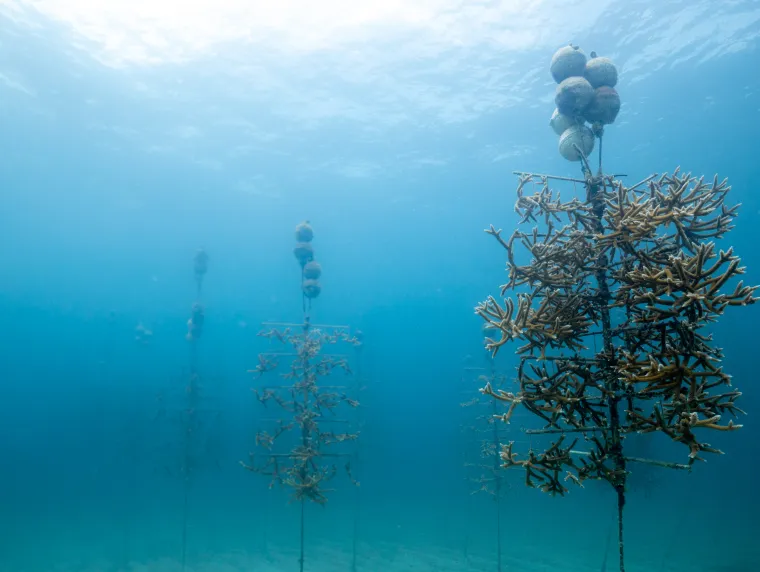
Coral Nurseries
The coral propagation data we collect in our nurseries help us increase the number of nursery-raised corals that can be successfully rehomed on the reef.
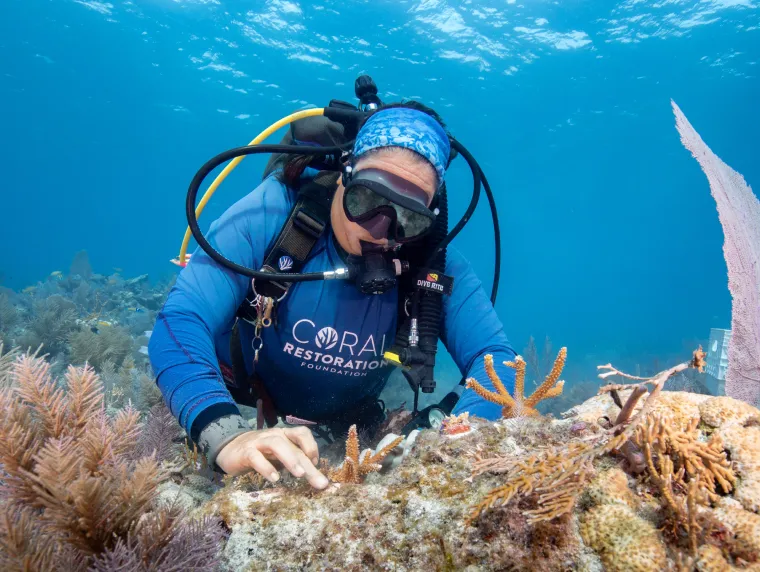
OUTPLANTING METHODS
We are currently testing new outplanting methods to help transfer the large number of corals we’ve cultivated into their natural habitats.
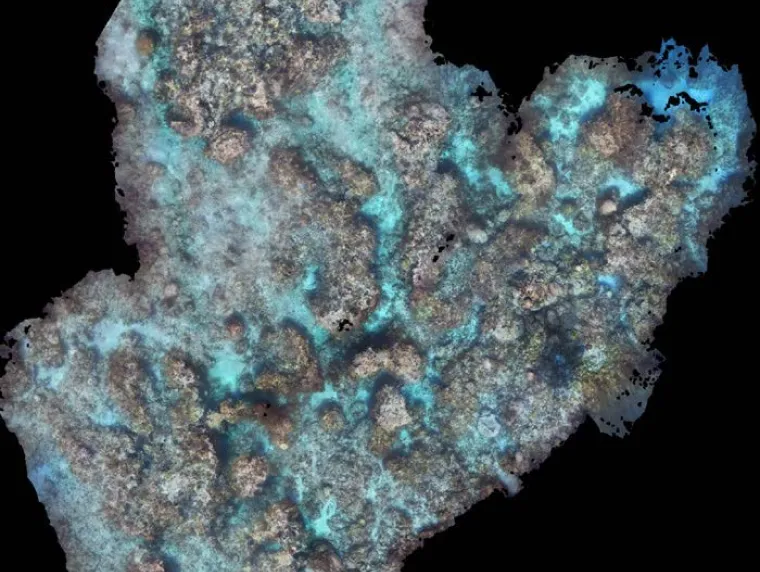
MONITORING TECHNIQUES
We are constantly looking to improve the ways we analyze nursery-raised corals and evaluate their wider impact on the ecosystem..
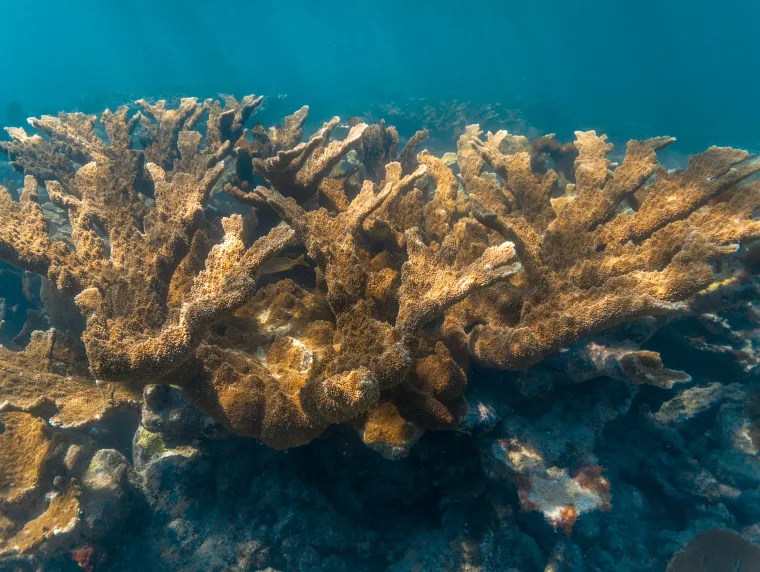
RESTORATION SITES
Ongoing research at CRF seeks to better understand why some sites exhibit a higher survival rate for outplanted corals than others.
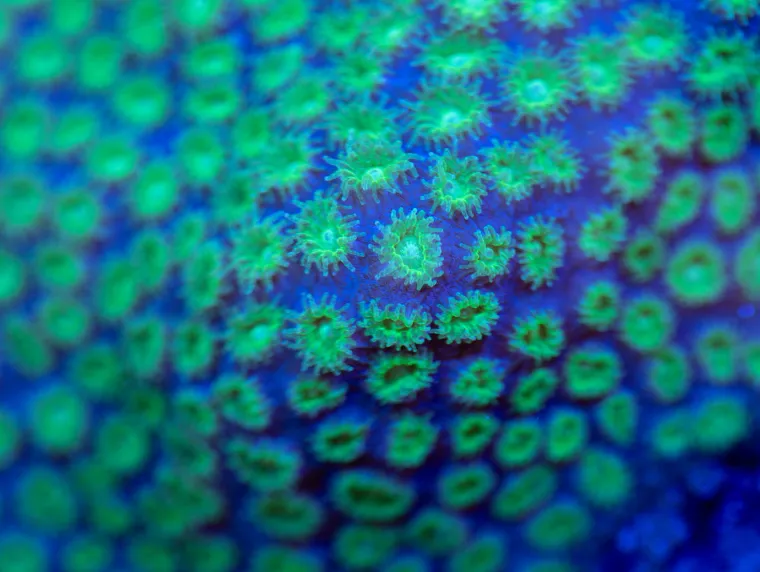
GENETIC RESILIENCE
Our research tracks how different coral genotypes (and their associated microbes and symbionts) survive and grow and how different outplanting techniques correlate with success.

COMMUNITY STRUCTURE
By monitoring our outplanting sites, CRF is demonstrating how ecology impacts coral restoration; we show how other organisms and reef conditions can affect the health of rehomed corals.
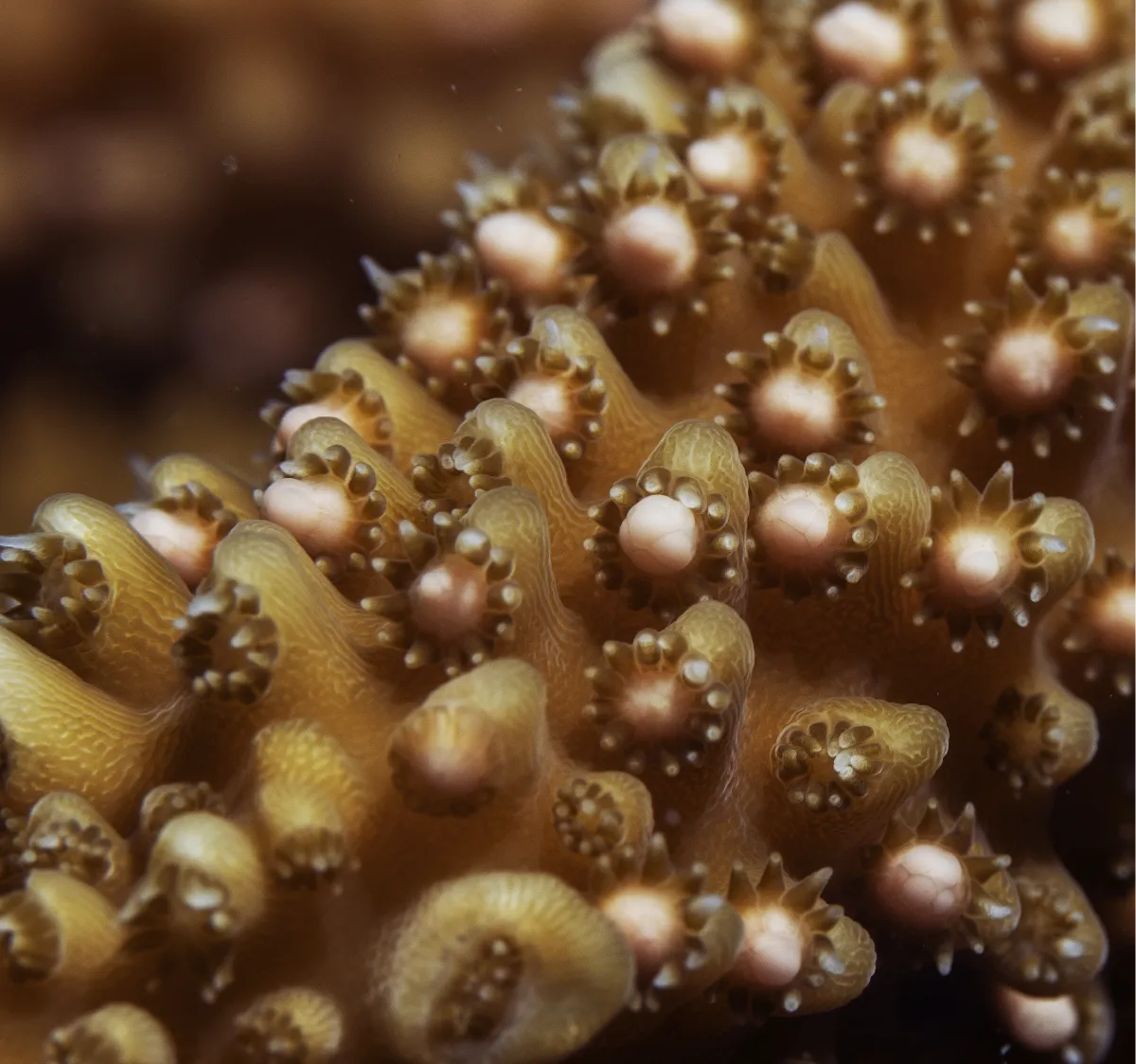
Coral Spawning Research
Our corals, infrastructure, and data – including comprehensive genetic information – provide a unique resource for researchers from around the world looking into questions around coral sexual reproduction.
Peer Reviewed Publications
We regularly contribute to peer-reviewed science that is helping drive the field forward.
2023 Publications
Marine Ecology Progress Series
June 29, 2023
2022 Publications
NOAA Fisheries
February 2022
Title: Quicklook Report: Coral Spawning 2021: Activities and Observations.
Authors: Allan Bright, Mark Ladd, Lydia Wasmer, Dana Williams.
Frontiers in Marine Science
June 2022
Title: An Integrative Method For Enhancing the Ecological Realism of Aquatic Artificial Habitat Designs Using 3D Scanning, Printing, Moulding, and Casting.
Authors: Aneri Garg, Stephanie Green.
Science Direct
September 2022
Title: Intra-habitat structural complexity drives the distribution of fish trait groups on coral reefs.
Authors: Noelle Helder, John Burns, Stephanie Green.
2021 Publications
Journal of Marine Science and Engineering
January 18, 2021
Title: Using scuba for in situ determination of chlorophyll distributions in corals by underwater near infrared fluorescence imaging.
Authors: Thomas Oh, Jittiwat Sermsripong, Barry W. Hicks.
Zoo Biology
February 6, 2021
Title: Growth, calcification, and photobiology of the threatened coral Acropora cervicornis in natural versus artificial light.
Authors: Sebastian Slagel, Kathryn Lohr, Keri O’Neil, Joshua T. Patterson.
Coral Reefs
July 14, 2021
Title: Strategies for integrating sexually propagated corals into Caribbean reef restoration: Experimental results and considerations.
Authors: Joseph A. Henry, Keri L. O’Neil, Aaron R. Pilnick, Joshua T. Patterson.
Frontiers in Marine Science
July 16, 2021
Title: Integrating coral restoration data with a novel coral sample registry.
Authors: Amelia Moura, Brian Beck, Renee Duffey, Lucas McEachron, Margaret Miller, Jennifer Moore, Alison Moulding, R. Scott Winters.
Restoration Ecology
September 20, 2021
Title: Six priorities to advance the science and practice of coral reef restoration worldwide.
Authors: Tali Vardi, Whitney C. Hoot, Jessica Levy, Elizabeth Shaver, R. Scott Winters, Anastazia T. Banaszak, Iliana B. Baums, Valérie F. Chamberland, et al.
Restoration Ecology
October 20, 2021
Title: Census of heat tolerance among Florida’s threatened staghorn corals finds resilient individuals throughout existing nursery populations.
Authors: Ross Cunning, Katherine E. Parker, Kelsey Johnson-Sapp, Richard F. Karp, Alexandra D. Wen, Olivia M. Williamson, Erich Bartels, Ken Nedimyer, et al.
2020 Publications
Journal of Marine Science and Engineering
January 18, 2020
Title: Using Scuba for In Situ Determination of Chlorophyll Distributions in Corals by Underwater Near Infrared Fluorescence Imaging.
Authors: Oh T, Sermsripong J, Hicks BW.
Diversity
April 17, 2020
Title: Coral Restoration Effectiveness: Multiregional Snapshots of the Long-Term Responses of Coral Assemblages to Restoration.
Authors: Hein MY, Beeden R, Birtles A, Gardiner NM, Le Berre T, Levy J, Marshall N, Scott CM, Terry L, Willis BL.
Journal for Nature Conservation
April 18, 2020
Title: Differential disturbance effects and phenotypic plasticity among outplanted corals at patch and fore reef sites.
Authors: Lohr K. E., Ripple, K., Patterson, J. P.
PLOS ONE
May 6, 2020
Title: Survivorship and growth in staghorn coral (Acropora cervicornis) outplanting projects in the Florida Keys National Marine Sanctuary.
Authors: Ware, M., Garfield, E. N., Nedimyer, K., Levy, J., Kaufman, L., Precht, W.
Restoration Ecology
October 7, 2020
Title: Differential survival of nursery-reared Acropora cervicornis outplants along the Florida Reef Tract.
Authors: van Woesik, R., Banister, R. B., Bartels, E., Gilliam, D. S., Goergen, E. A., Lustic, C., Maxwell, K., Moura, A., Muller, E. M., Schopmeyer, S., Winters, R. S., Lirman, D.
2019 Publications
Biological Conservation Vol 229
January 2019
Title: Coral restoration: Socio-ecological perspectives of benefits and limitations.
Authors: Margaux Y. Hein, Alastair Birtles, Bette L. Willis, Naomi Gardiner, Roger Beeden, Nadine A. Marshall.
PeerJ
April 8, 2019
Title: Genotypic variation in disease susceptibility among cultured stocks of elkhorn and staghorn corals.
Authors: Margaret W. Miller, Philip J. Colburn, Emma Pontes, Dana E. Williams, Allan J. Bright, Xayamara M. Serrano, Esther C. Peters.
Frontiers in Marine Science
November 21, 2019
Title: Native herbivores improve sexual propagation of threatened staghorn coral Acropora cervicornis.
Authors: Joseph A. Henry, Keri L. O’Neil, Joshua T. Patterson.
2018 Publications
Marine Ecology Progress Series
March 29, 2018
Title: Impacts of fragment genotype, habitat, and size on outplanted elkhorn coral success under thermal stress.
Authors: Rachel E. Pausch, Dana E. Williams, Margaret W. Miller.
Nova Southeastern University
April 27, 2018
Title: Toxicological effects of commercial sunscreens on coral reef ecosystems: New protocols for coral restoration.
Author: Emilie C. Johnsen.
Ecology and Evolution
October 5, 2018
Title: Coral epigenetic responses to nutrient stress: Histone H2A.X phosphorylation dynamics and DNA methylation in the staghorn coral Acropora cervicornis.
Authors: Javier A. Rodriguez-Casariego, Mark C. Ladd, Andrew A. Shantz, Christian Lopes, Manjinder S. Cheema, Bohyun Kim, Steven B. Roberts, James W. Fourqurean, Juan Ausio, Deron E. Burkepile, Jose M. Eirin-Lopez.
Biological Conservation
November 10, 2018
Title: Coral restoration: Socio-ecological perspectives of benefits and limitations.
Authors: Margaux Y. Hein, Alastair Birtles, Bette L. Willis, Naomi Gardiner, Roger Beeden, Nadine A. Marshall.
2017 Publications
Journal of Experimental Marine Biology and Ecology
January 2017
Title: Intraspecific variation in phenotype among nursery-reared staghorn coral Acropora cervicornis (Lamarck, 1816).
Authors: Kathryn E. Lohr, Joshua T. Patterson.
Ecology and Evolution
June 30, 2017
Title: Genomic patterns in Acropora cervicornis show extensive population structure and variable genetic diversity.
Authors: Crawford Drury, Stephanie Schopmeyer, Elizabeth Goergen, Erich Bartels, Ken Nedimyer, Meaghan Johnson, Kerry Maxwell, Victor Galvan, Carrie Manfrino, Diego Lirman.
Restoration Ecology
September 12, 2017
Title: Macroalgae reduces survival of nursery-reared Acropora corals in the Florida reef tract.
Authors: Robert van Woesik, Kayla Ripple, Steven L. Miller.
2016 Publications
PeerJ
April 8, 2016
Title: Potential spawn induction and suppression agents in Caribbean Acropora cervicornis corals of the Florida Keys.
Authors: Flint M, Than JT.
Frontiers in Marine Science
March 31, 2016
Title: Density dependence drives habitat production and survivorship of Acropora cervicornis used for restoration on a Caribbean coral reef.
Authors: Ladd MC, Shantz AA, Nedimyer K, Burkepile DE.
Journal of Experimental Marine Biology and Ecology
April 2016
Title: Intraspecific variation in phenotype among nursery-reared staghorn coral Acropora cervicornis.
Authors: Lohr K, Patterson J.
PeerJ
May 16, 2016
Title: Reef-scale trends in Florida Acropora spp. abundance and the effects of population enhancement.
Authors: Miller MW, et al.
Driving Coral Recovery: Introducing The Coral Bus
The Coral Bus was developed to address the issue of coral stress during transport — removing as many stressors as possible gives these endangered animals an even better chance of survival in the wild.
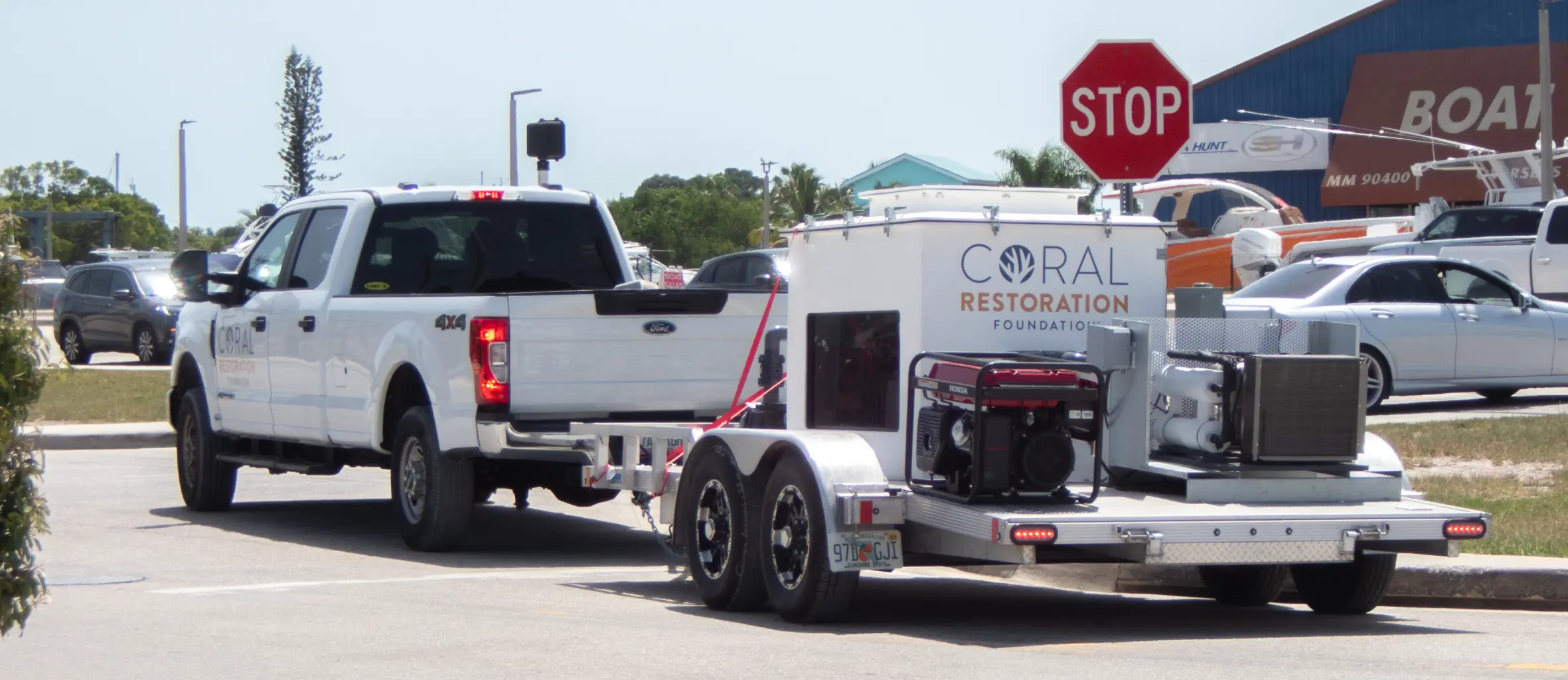
The Coral Bus is a first-of-its-kind coral transport technology that closely replicates the open ocean conditions to which the corals are already acclimated. The state-of-the-art aquarium trailer enables practitioners to monitor and regulate water temperature, pH, filtration, and water flow to ensure the well-being of corals during transport, minimizing the stress experienced by these fragile animals while they are on the move.
The Coral Bus was designed and built by Coral Restoration Foundation and Georgia Aquarium with funding from NOAA’s Coral Reef Conservation Program through the Mission: Iconic Reefs Capacity Building Grant awarded by the National Marine Sanctuary Foundation.
Interested in Research Collaborations?
We are in the unique position of being able to provide scientists with corals from our nurseries, as well as limited field support, for experimental work that is aligned with our research priorities.


